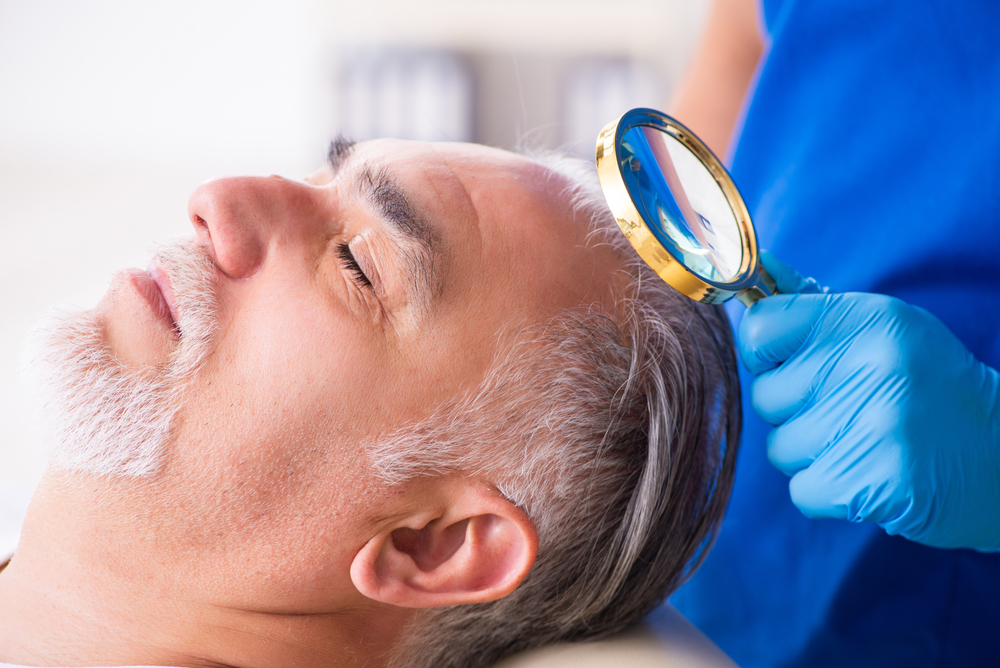Hair loss is a common concern that affects millions worldwide, with various factors contributing to this condition, including genetics, hormonal changes, and environmental influences. In recent years, Abu Dhabi has emerged as a hub for advanced hair transplantation techniques, incorporating cutting-edge technologies that enhance the effectiveness and efficiency of hair restoration procedures. This article explores the latest innovations in Hair transplantation in Abu Dhabi ( زراعة الشعر في ابوظبي ).
The Evolution of Hair Transplantation
Hair transplantation has evolved significantly over the years. Initially, the procedure involved the strip harvesting method, where a strip of scalp was removed from the donor area, and individual grafts were transplanted to the thinning or balding areas. However, this method often resulted in noticeable scarring and longer recovery times.
With advancements in technology, newer methods like Follicular Unit Extraction (FUE) and Direct Hair Implantation (DHI) have gained popularity. These techniques allow for more precise grafting, reduced recovery times, and minimal scarring.
Follicular Unit Extraction (FUE)
FUE is a minimally invasive hair transplantation technique that has revolutionized the field. Instead of removing a strip of scalp, FUE involves extracting individual hair follicles from the donor area using a specialized punch tool. This method offers several benefits:
- Minimal Scarring: FUE leaves tiny, dot-like scars rather than a linear scar, making it more appealing for those who prefer shorter hairstyles.
- Faster Recovery: Patients can typically return to their daily activities sooner compared to traditional methods.
- Natural Results: FUE allows for more natural-looking hairlines, as the surgeon can precisely place hair follicles based on the patient’s hair growth pattern.
Direct Hair Implantation (DHI)
Another innovative technique gaining traction in Abu Dhabi is Direct Hair Implantation (DHI). This method builds upon the principles of FUE but adds an extra layer of precision and control. The key features of DHI include:
- Implantation Tool: DHI utilizes a specialized tool known as the Choi Implanter Pen, which allows surgeons to implant hair follicles directly into the recipient area without creating recipient sites beforehand. This ensures optimal placement and angling of each hair follicle.
- Less Trauma: The DHI technique minimizes trauma to the scalp, resulting in less bleeding and faster healing.
- Improved Density: DHI allows for greater control over follicle placement, leading to denser hair coverage and a more natural appearance.
Robotic Hair Transplantation
The introduction of robotic technology into hair transplantation marks another significant innovation. The ARTAS Robotic System is a state-of-the-art solution that combines advanced imaging and artificial intelligence to assist surgeons in the hair transplantation process. Key advantages of robotic hair transplantation include:
- Precision: The robotic system provides enhanced accuracy in follicle extraction, reducing the risk of damage to hair follicles and surrounding tissue.
- Consistency: Robots can perform repetitive tasks with precision, ensuring a consistent extraction process and better overall results.
- Time Efficiency: Robotic systems can significantly reduce the time required for follicle extraction, leading to shorter procedure times for patients.
PRP Therapy and Hair Transplantation
Platelet-Rich Plasma (PRP) therapy has gained popularity as a complementary treatment to hair transplantation. This innovative approach involves drawing a small amount of the patient’s blood, processing it to concentrate the platelets, and injecting the PRP into the scalp. The benefits of PRP therapy in conjunction with hair transplantation include:
- Enhanced Healing: PRP can promote faster healing of the scalp after hair transplantation, reducing recovery times.
- Improved Hair Growth: The growth factors in PRP can stimulate hair follicles, enhancing the overall results of the transplantation procedure.
- Increased Thickness: PRP therapy can improve the thickness and density of existing hair, creating a more voluminous appearance.
Virtual Consultations and Telemedicine
The rise of telemedicine has transformed the way patients access hair transplant services. In Abu Dhabi, many clinics now offer virtual consultations, allowing patients to discuss their concerns and treatment options from the comfort of their homes. Key advantages of virtual consultations include:
- Convenience: Patients can consult with experienced hair restoration specialists without needing to travel, making it easier to gather information and make informed decisions.
- Accessibility: Telemedicine expands access to expert opinions, especially for individuals living in remote areas or those with mobility challenges.
- Personalized Care: Virtual consultations can still provide a personalized approach, allowing specialists to assess the patient’s needs and recommend suitable treatment options.
Conclusion
Innovations in hair transplantation technology in Abu Dhabi have significantly transformed the landscape of hair restoration. With advanced techniques like FUE and DHI, robotic systems, PRP therapy, and telemedicine, patients can now experience effective, minimally invasive, and personalized hair restoration treatments. As the demand for hair transplantation continues to rise, Abu Dhabi stands at the forefront of these advancements, providing individuals with the opportunity to regain their confidence and achieve natural-looking results. Whether you are experiencing thinning hair or significant hair loss, exploring the latest innovations in hair transplantation can help you make informed decisions on your journey to revitalized hair.
